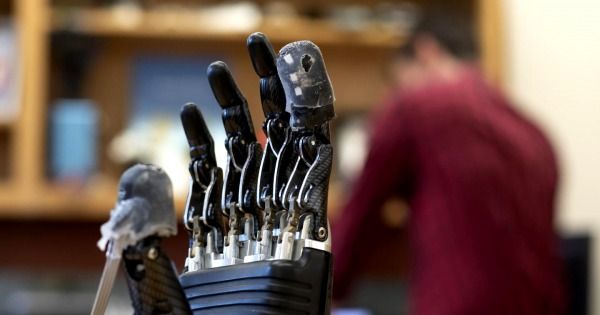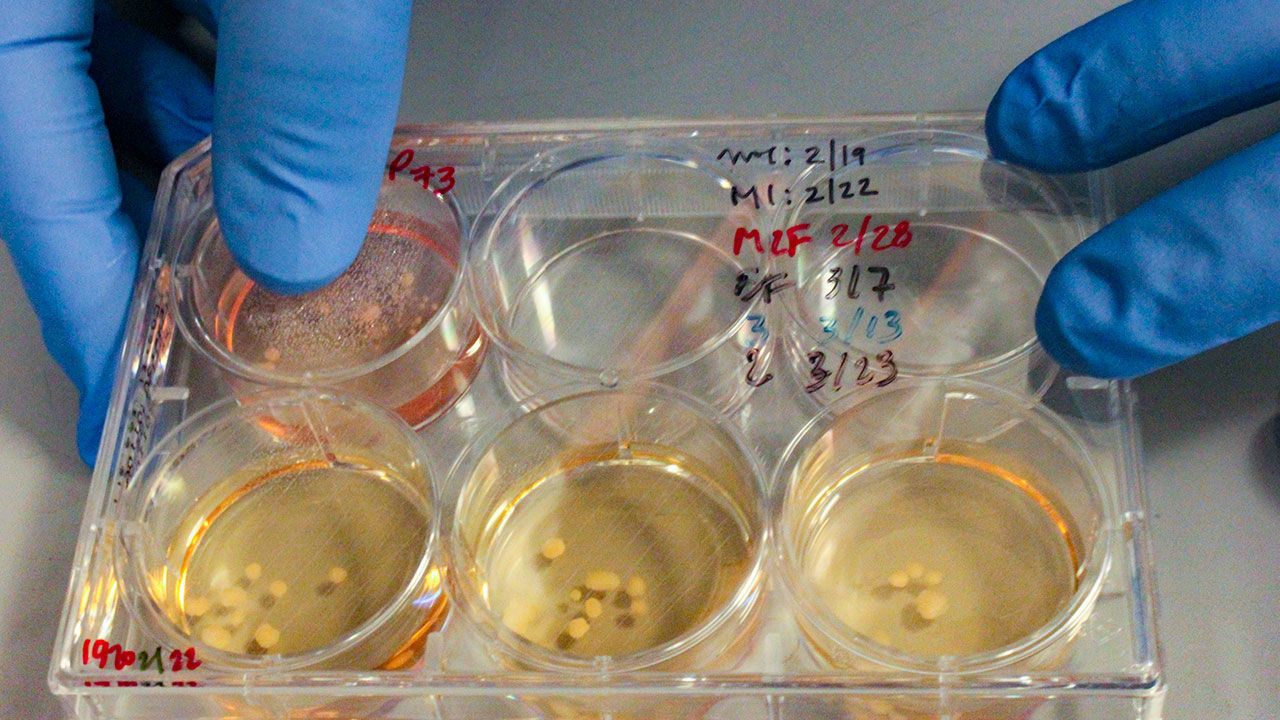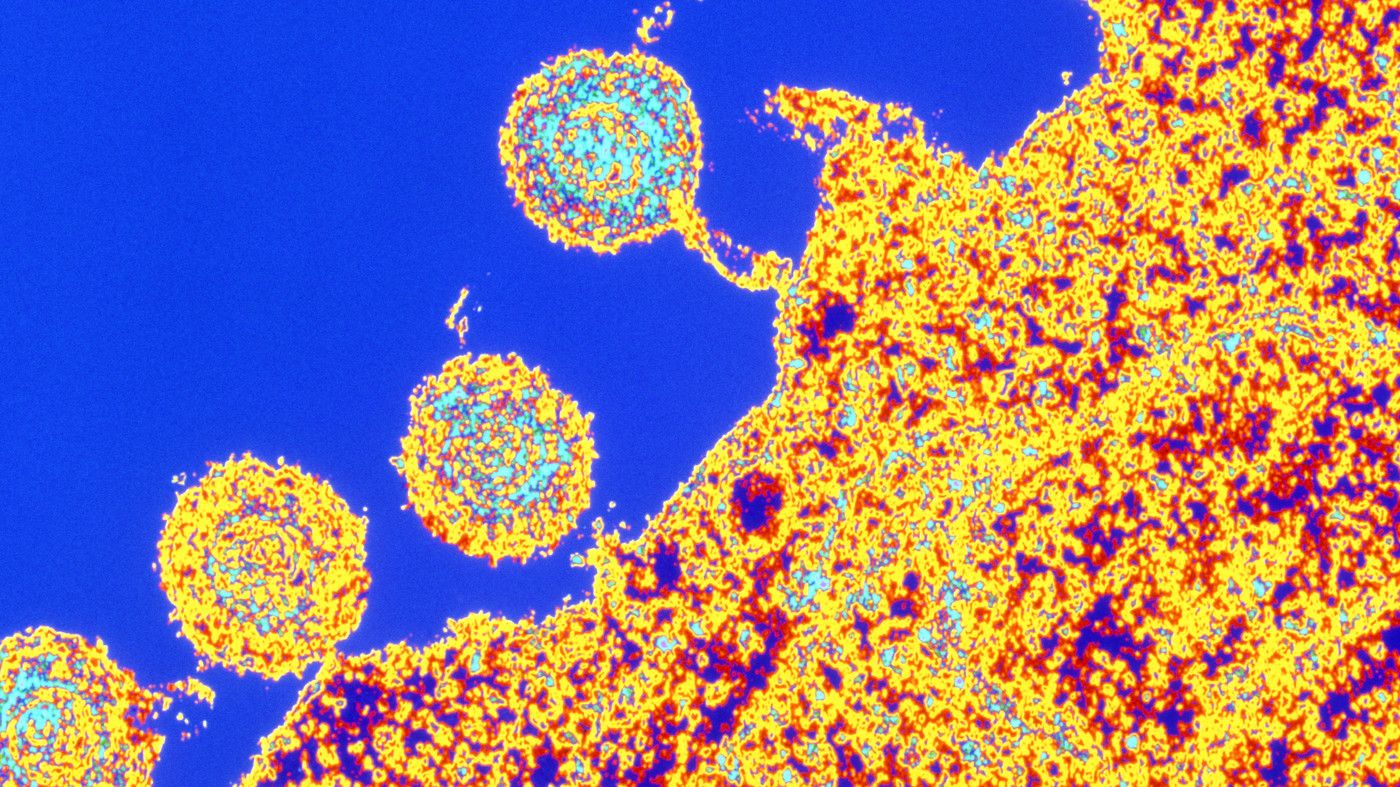Experiments in mice have shown for the first time that bacteria found in the gut of babies and children seem to play a role in brain development.
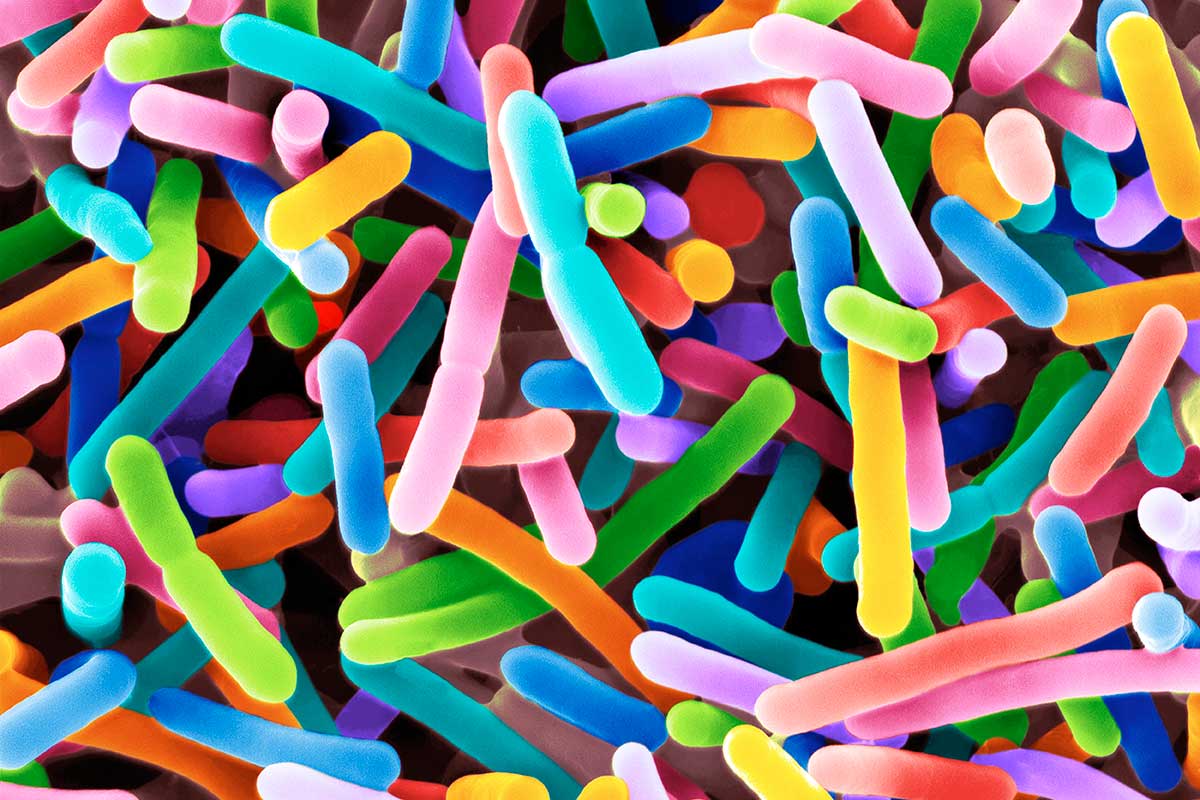


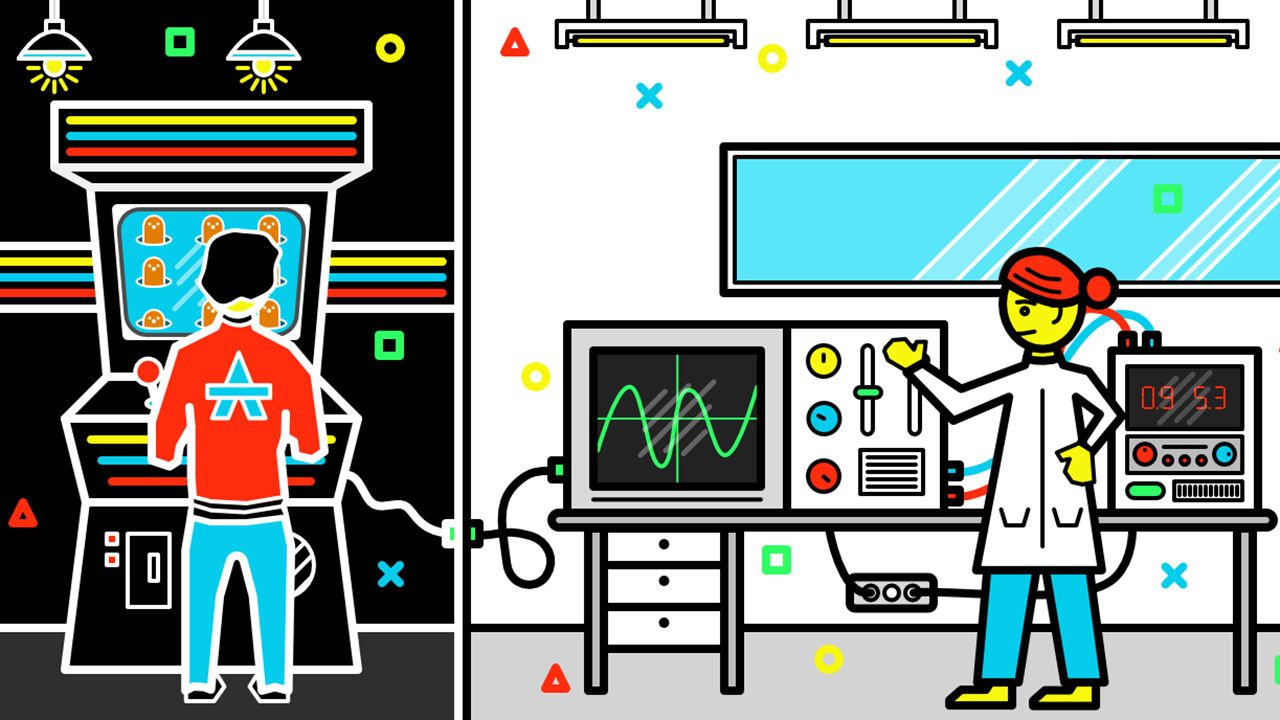

Only 35 per cent of five- to 17-year-olds and 62 per cent of children ages 3 and 4 are getting the recommended physical-activity levels for their age group (Editor’s note: around 60 minutes of moderate-to-vigorous physical activity daily, including vigorous-intensity activity on at least 3 days per week) and that this may be having an impact on the health of their brains.
___ Getting kids outside and active could help with brain health: Participaction report (The Globe and Mail): The physical benefits of kids leading an active lifestyle, including better heart heal…

A group of researchers from Yale University and Agilent Technologies have developed a #syntheticbiology technique that turns bacterium E. Coli into a phosphorylated protein factory capable of churning out every known instance of this modification in human proteins.
Proteins, the end product of genes, carry out life functions. Most human proteins are modified by a process called serine phosphorylation — a chemical switch that can alter their structure and function. Malfunctions in this process have been implicated in diseases such as cancer and Alzheimer’s yet are difficult to detect and study. A group of researchers from Yale University and Agilent Technologies have developed a synthetic biology technique that turns bacterium E. Coli into a phosphorylated protein factory capable of churning out every known instance of this modification in human proteins.
“We synthesized over 110,000 phosphoproteins from scratch and we can now study how they all function together,” said Jesse Rinehart, associate professor of cellular and molecular physiology at the Systems Biology Institute and senior author of the research. “This is the future of scientific research — we can build everything we study.”
Previously, researchers were only able to create a single phosphoprotein at a time. The new platform will help scientists create designer proteins by studying the impact of phosphorylation on all potential protein interactions, the authors say. “Biologists want to know which proteins interact with each other because diseases can arise when these interactions go wrong,” said Karl Barber, a Yale graduate student who is the first author on the study and a recently named Schmidt Science Fellow.

